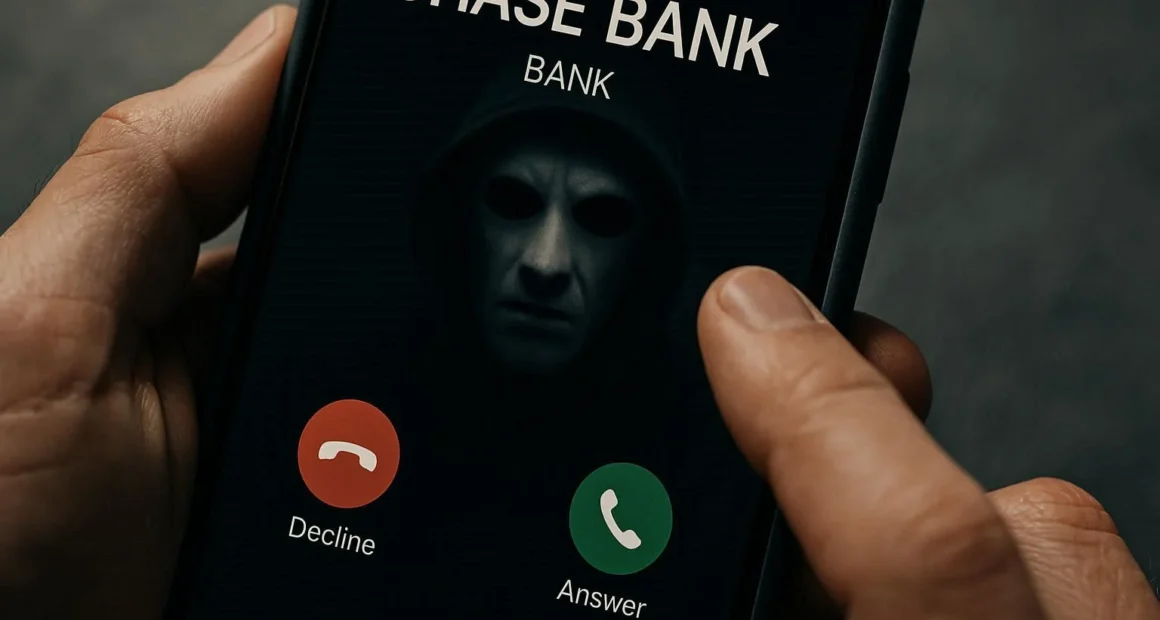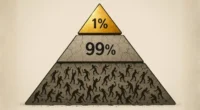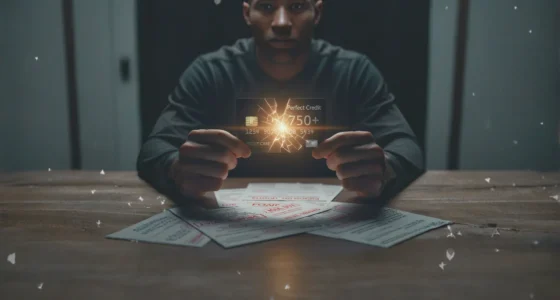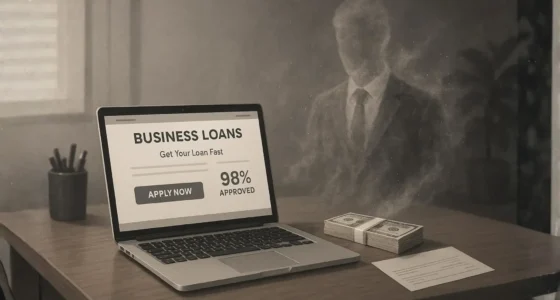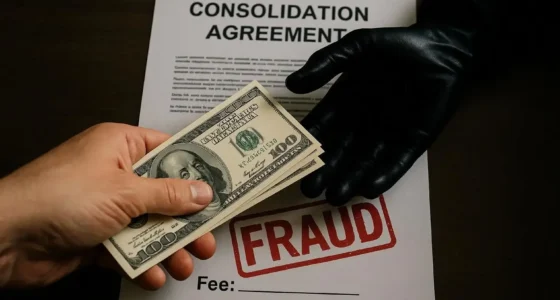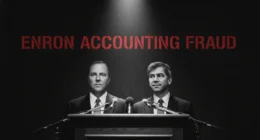The call that haunts your line
Your phone rings. The caller ID shows “Chase Bank.” The voice is urgent: “Your account is locked. We must verify now.”
You freeze. You worry. You comply. That’s how bank impersonation scams operate. They pretend to be Chase, Bank of America, or others. They prey on fear, trick you into giving data or sending money.
Those calls feel real. Until you realize the horror.
How they build the illusion
Scammers use spoofing. They make your phone show a trusted bank’s number. Chase warns: the caller ID can say “Chase” even when it’s not. [turn0search11]
They speak like bank reps. They mention your account. They claim suspicious transactions or identity theft. They demand immediate action.
They ask for your routing number, account number, OTP (one-time code), or urge you to “move funds to a safe account.” Then they drain your account.
They call. Then text. Then email. They evolve. The attack becomes multi-step.
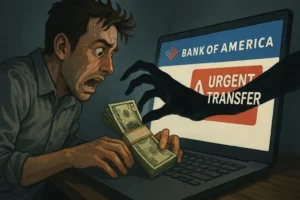
Victim story — The nurse
Sofia, 45, works as a nurse. She got a call saying Bank of America flagged fraudulent charges.
They asked her to move $12,000 to a “secure account.” They said her BofA account would be frozen.
She did. Much of it, she moved through Zelle.
A day later, the true bank called her: “We never asked that.”
Sofia lost $12,000. She froze. She feels violation, not just theft. Her trust is gone.
Victim story — The retiree
Harold, 68, is retired. He got a text and a call claiming his Chase cards were used in China.
They asked him to confirm “safe transfers.” They gave a number to call back — but it was fake.
He followed instructions. He transferred $25,000. Later, he learned the call came from overseas.
He lost most of his savings. He now checks caller IDs with dread.

Scale of the horror
In 2023, the FTC got over 330,000 reports of business impersonation scams and almost 160,000 reports of government impersonation scams. Those combined losses exceeded $1.1 billion that year.
Bank impersonation is now the most-reported text message scam. In 2022, consumers lost $330 million via texts impersonating banks.
In 2024, scammers stole more money than ever from impersonation attacks. Losses jumped. Older victims lost huge amounts.
Impersonation schemes used bank transfers ~40% of the time, and crypto ~21% of the time.
Every day, thousands fall for scams pretending to be from their bank.
Why these scams succeed
Because your bank should care. So the fake feels plausible.
Because fear of fraud makes you rush.
Because spoofing covers the tracks.
Because the fraud runs across states and countries.
You called back the wrong number. You trust the wrong voice.
You are not careless — you’re human.
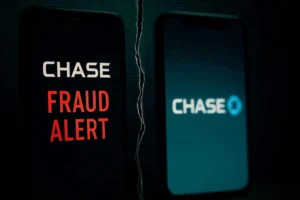
Warning signs — when the mask slips
• They ask for one-time codes or full login credentials
• They tell you to move money right now to a “secure account”
• They pressure you not to involve your bank
• They threaten freezing, arrest, or account closure
• They ask you to confirm info by reading numbers out loud
• They appear via spoofed bank ID
If more than one is true — hang up.
What to do if they call you
-
Don’t give info. Hang up.
-
Call your bank using the number on your card or website.
-
Report the scam: FTC at ReportFraud.ftc.gov, and your bank.
-
Monitor your accounts daily.
-
Freeze your credit if info was disclosed.
Final warning — this terror is real
They don’t steal only money. They steal your sense of safety. They erode trust, especially in your own bank.
These bank impersonation scams are monsters on your line. They talk you into ceding control.
Don’t let the fear force your actions. Pause. Quit. Call your bank yourself.
Because sometimes the worst call is the one you answer.
Resources
[1] Federal Trade Commission. “FTC Announces Impersonation Rule Goes into Effect Today.” April 2024.
[5] Chase Security Center. “Spoofing: Look out for scammers in disguise.” (Chase fraud tip page)
Related reading(suggested)
Debt Consolidation Fraud: Companies That Made Debt Worse
Business Loan Scams: Fake Lenders Who Steal Application Fees
Student Loan Forgiveness Scams: Government Imposters Exposed
